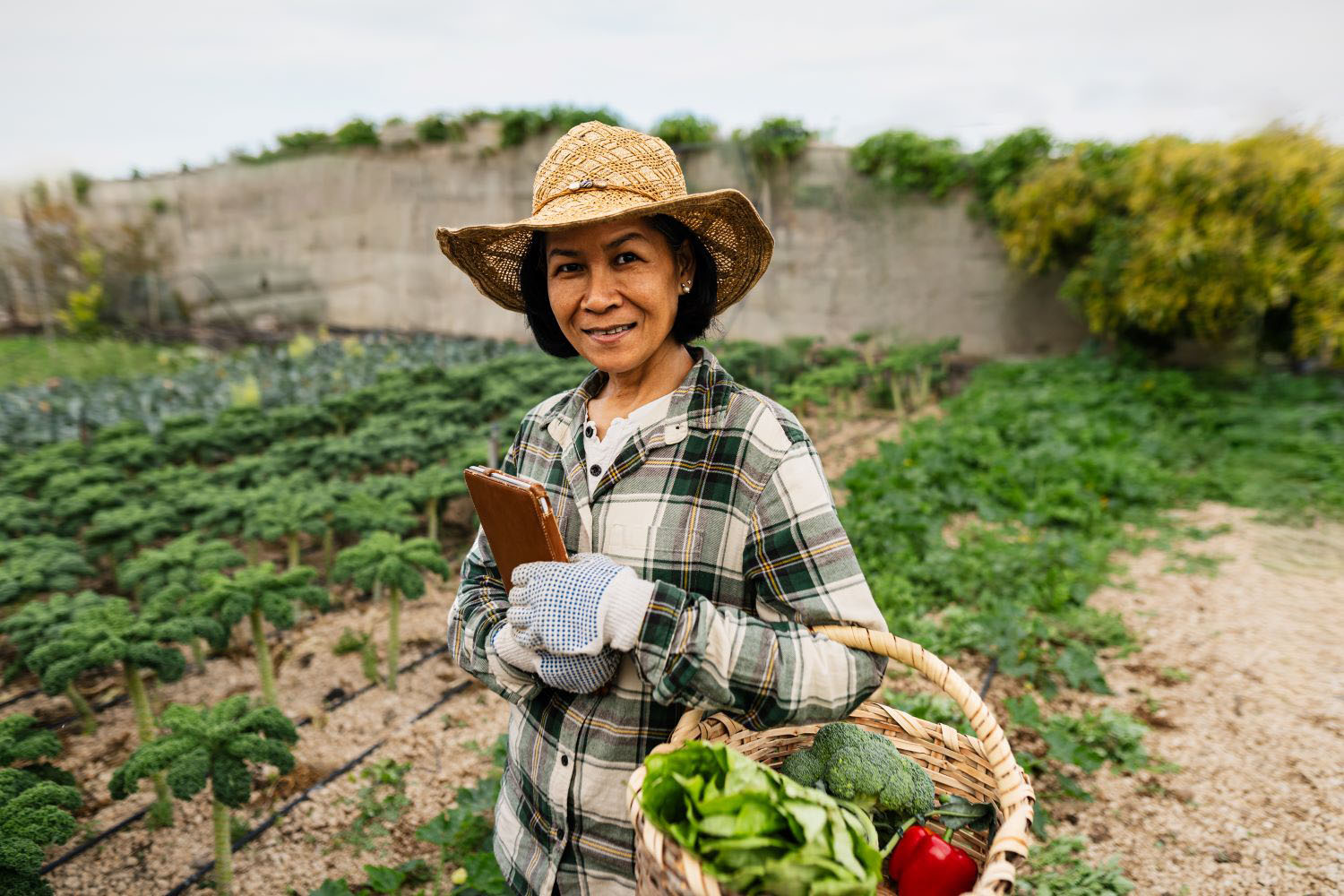Happy New Year, and welcome to 2018 from all of us at CGD.
Here at CGD, we’re always working on new ideas to stay on top of the rapidly changing global development landscape. Whether it’s examining new technologies with the potential to alleviate poverty, presenting innovative ways to finance global health, assessing changing leadership at international institutions, or working to maximize results in resource-constrained environments, CGD’s experts are at the forefront of practical policy solutions to reduce global poverty and inequality.
Watch our video to hear from our experts directly, and get an in-depth look below at their thoughts on the 2018 global development landscape:
The role of international cooperation
“We’re in a difficult time for development policy. People feel as if we’re in competition with the developing world, and I think we have to get back to recognizing that we have shared problems that we need to solve together. The premise of international development cooperation—now rightly enshrined in the Sustainable Development Goals—is that we are in this together: we all benefit from shared prosperity, openness, trade, security, values, rights, and justice. We are in danger of seeing the world as zero sum—in which improvements in some parts of the world are wrongly believed to be at the expense of success elsewhere. If we allow this idea to take root, it will undermine support for development cooperation, and take us in directions that erode global cooperation and the institutions that protect and sustain our shared security and prosperity.”
The effect of transitioning away from aid: asking the right questions
“I think 2018 is going to have to be about countries transitioning away from aid, and as a result it’s going to have to be about how we invest limited resources to get the best return for that investment. What happens to social spending commitments towards global health priority areas such as vaccinations and infectious diseases, as Ministries of Finance are increasingly asked to allocate their own domestic resources to replace diminishing donor funds? How do national health insurance funds procure pharmaceutical products and other health commodities as LMICs leave purchasing clubs such as Gavi and GFATM whilst having to deal with the growing burden of chronic diseases such as diabetes and cancer? How can technological and organisational innovation address the gap left by departing global purchasing arrangements?
What are the role and responsibilities of norm setting agencies such as the WHO in shaping resource allocation at national level as countries commit to and implement universal coverage for their populations? When are aspirational targets as the ones set through standard treatment guidelines, disease specific norms or the Essential Medicines List, justified and when do they distort local spending priorities and aggravate inequalities?”
New leadership, limited funding: an opportunity for global health aid
“In 2018, I’m looking forward to seeing economists more deeply embedded in all things global health. First, Peter Sands takes the helm as new executive director at the Global Fund to Fight AIDS, Tuberculosis and Malaria where the focus needs to be value for money—more impact, more rigorously measured, for the same or less money. It’s not just the right thing to do, it’s also a requirement for a portion of future DFID funding. To get this done, better economics should be deployed to inform resource allocation within programs, implement rigorous performance verification and evaluation approaches, and select most cost-effective diagnostics, drugs, and devices for purchase.
Second, at the World Health Organization (WHO), newly elected Dr. Tedros is finalizing his General Program of Work, a 2019-2023 plan that governs the rest of his tenure as Director-General. Faced with many demands and conflicting priorities from its member countries, WHO leadership could benefit from a chief economist (more on this here and here). The goal? To help prioritize demands amid scarce funding, to promote value for money in all policies, and to make the critical link with ministries of finance.
Third, with US tax reform passed, global health aid—like the rest of discretionary spending in the US budget—may face cuts, despite bipartisan support. In the UK, there’s also an uncertain outlook. It’s a clear case of ‘hope for the best, plan for the worst.’ And that’s where the dismal science can contribute: planning for these uncertainties and contingencies, and maybe finding some opportunities for efficiencies along the way. Look to recent work on aid transitions, priority-setting, domestic resource mobilization, innovative financing, value for money, fiscal policies for health, financing global public goods, and our forthcoming work on rationalizing future global health procurement should provide some fodder for policymakers to consider.”
The rise of China
“In 2018, I’m very much looking forward to continuing to explore China’s emergence as a leading development actor. Increasingly, this will mean defining a leading role on international policy commensurate with China's role as a leading development financier globally. In settings like Davos and institutions like the World Bank and the IMF, Chinese officials will inevitably be more prominent in 2018 and will just as inevitably come under increasing pressure to align Chinese policy on issues like sustainable lending with international norms. All of this will likely occur against a backdrop of US retrenchment in these multilateral fora.”
Harnessing tech for development
“I’m really excited about the relationship between technology and development, and to begin to examine how we can master the challenges that come with integrating a set of powerful new technologies and ensuring that they deliver the best options for poor people everywhere. Technological innovation has been a driving force of development and this continues to be the case. The current revolution in digital technology, big data, robotics, and artificial intelligence holds enormous promise to deliver development services more effectively and efficiently. However, these forces will need to be harnessed to ensure that the benefits flow to all segments of society in the developing world and the ‘losers’ from this transition are supported in ways that are economically, socially, and politically sustainable. This is a fertile and urgent area for conceptual and empirical research to underpin better policymaking by developing country leaders and the international community.”
Mutual benefits for refugees and host communities
“In 2018, I’m excited about expanding our research on the policies that will most effectively help refugees and migrants integrate into their host communities. At a challenging time for migrants and refugees, we are focused on analyzing and generating solutions that can simultaneously advance outcomes for refugees, migrants, and host communities. One of our main projects will highlight policies and programs that benefit sending and receiving communities, as well as emerging innovations such as the Global Skill Partnership. Building on our work on refugee compacts, we'll expand our work on how to achieve impact with new financing mechanisms that support developing countries, which host 86 percent of the world's refugees, to deliver services to refugees and citizens. A key part of this will be research on how to increase refugees' access to labor markets and more deeply engage the private sector, so refugees can become self-reliant by finding jobs and starting businesses—and spurring local markets in the process.
Latin America’s elections: choosing the right leadership to restore peace and prosperity
“In 2018, we will witness a huge cycle of presidential elections in Latin America. My big hope for the year is that the citizenship chooses the right leadership to be able to face the upcoming challenges. The recent elections in Chile (December) and Honduras (November) will be followed by six Presidential elections in 2018: Colombia, Mexico, Brazil, Costa Rica, Paraguay and, potentially, Venezuela. This highly charged electoral cycle comes at a time when populations’ discontent with the results of democracy is on the rise as reported by the reputable poll Latinobarometro. This change in attitude follows the significant deterioration in Latin America’s economic and institutional quality indicators in recent years, reflecting both the end of the period of super high prices of commodities exported by the region and the outburst of corruption and crime in many countries. In this environment, the risk of electing populist (notably in Mexico) or authoritarian leaders (notably in Brazil) is high. Populism and authoritarianism are not strange to Latin American history and their disastrous results on economic and social prosperity are extensively documented (with Venezuela’s recent experience being the latest example). The incoming elections will test whether Latin Americans can avoid repeating the painful mistakes of the past and will choose governments able and willing to put in place the needed reforms to restore economic growth and sustainably enforce the rule of law.”
Improving women’s access to financial services
“In 2018, what I would like to see is the gender gap in financial services reduced. The gender gap in financial services is stuck at a 7 percent gap globally and a 9 percent gap in developing economies. According to the latest data, while the number of bank account holders has increased globally between 2011 and 2014, the gender gap has not shrunk. In 2018 we can do better. So far, a lot more attention has been paid to particular constraints women face in accessing financial services, than to what women actually want from financial products. Focusing on women potential clients as a distinct market segment is a first step. Second, in addition to “know your customer requirements,” the industry should have “know your bank standards” as well, and examine potential gender biases, explicit and implicit, in the delivery of financial services. Banks should examine and correct internal gender biases. Encouraging signs include the commitment of development agencies (including an 8-agency gender data partnership coordinated by Data2X and GBA) and some banks to invest in data, both supply and demand-side, and in testing innovative financial products and delivery systems to increase women’s access to financial services (including experimental evaluation work we at CGD and partners are completing this year). These and other partnerships should help shrink the gap in the short term, especially if large private sector banks globally also act.”
Disclaimer
CGD blog posts reflect the views of the authors, drawing on prior research and experience in their areas of expertise. CGD is a nonpartisan, independent organization and does not take institutional positions.





